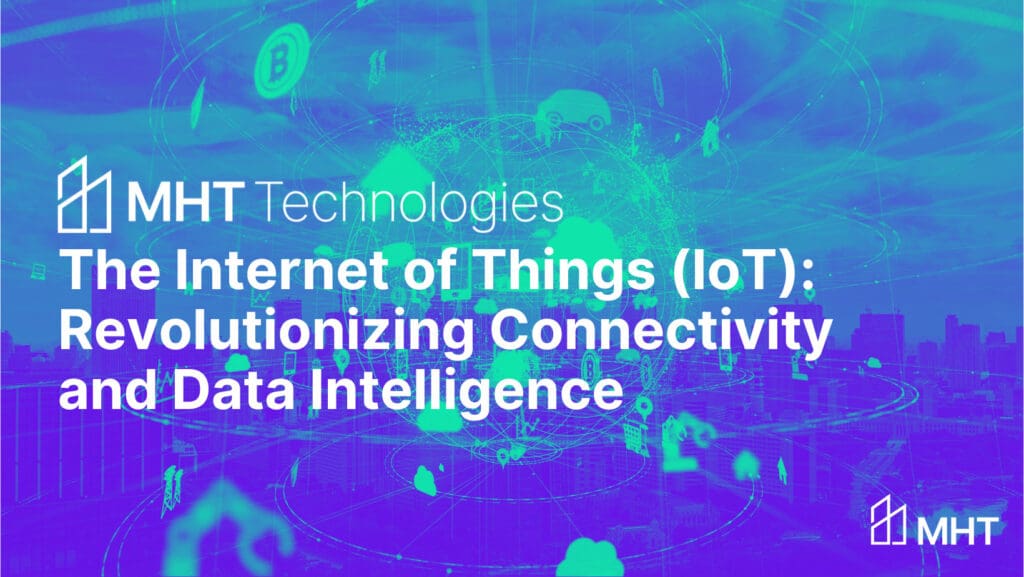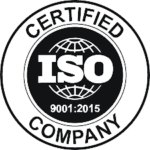
The Internet of Things (IoT) has emerged as a transformative technological paradigm that connects the physical and digital worlds, enabling unprecedented levels of data gathering, analysis, and interaction. At its core, IoT revolves around the idea of connecting everyday objects and devices to the internet, imbuing them with the ability to collect, transmit, and receive data, thus enabling enhanced functionality, automation, and insights. This overview delves into the fundamental aspects of IoT, its applications across industries, and the challenges it presents.
IoT Key Concepts:
The IoT world relies on the understanding of several key concepts that are important in understanding the radical impact IoT will have in the future of our built environment:
Connectivity: IoT’s primary essence lies in its capacity to facilitate seamless communication between a wide array of objects, including appliances, vehicles, wearables, industrial machinery, and more. This interconnectivity enables real-time data exchange, enhancing efficiency and convenience.
Data Utilization: IoT generates a colossal volume of data. This information is harnessed to provide actionable insights, enabling informed decision-making, predictive analytics, and optimization of processes. Data-driven applications range from personalized healthcare to smart cities’ resource management.
Automation: Through IoT, automation takes center stage. Devices can autonomously perform tasks based on preset conditions or real-time data, thus reducing human intervention and minimizing errors. Examples encompass smart thermostats adjusting temperatures or self-driving vehicles navigating routes.
Applications:
Smart Homes: IoT’s impact on homes is profound, with smart thermostats, lighting systems, security cameras, and voice assistants creating intelligent living spaces. Residents can remotely control appliances, monitor energy usage, and enhance security. This may be the most widely known IoT application, as most households either have, or have heard of, smart home technology such as Alexa, Apple HomeKit, Google Home, and more.
Healthcare: IoT devices are transforming healthcare delivery. Wearable fitness trackers monitor vital signs, while implantable devices transmit patient data to medical professionals in real-time, enabling timely interventions and personalized treatment plans. Here is an example of IoT’s application in the healthcare industry.
Industrial IoT (IIoT): Industries deploy IoT to optimize operations. Sensors embedded in machinery monitor performance and predict maintenance needs, reducing downtime. Supply chains benefit from real-time tracking, ensuring efficient logistics. Here is a list of IIoT use cases by industry.
Smart Cities: IoT contributes to the development of smart cities by enhancing infrastructure and resource management. Smart streetlights adjust brightness based on surrounding conditions, waste bins signal when they’re full, and sensors monitor air quality. This article details how IoT and smart city technology works.
Agriculture: IoT aids precision agriculture through soil and crop monitoring. Sensors collect data on moisture levels, nutrient content, and weather conditions, enabling farmers to make informed decisions for improved yields and resource conservation. This article explores how IoT is changing the agricultural landscape.
Challenges:
While the technology has numerous considerable benefits, there are a few challenges worth acknowledging including security, interoperability, and data overload. The interconnected nature of IoT devices raises concerns about data privacy and security breaches. Vulnerabilities in devices could lead to unauthorized access, data leaks, and even manipulation of critical systems. As IoT grows, compatibility between various devices and platforms becomes crucial. Ensuring that devices from different manufacturers can seamlessly communicate is a challenge that requires standardized protocols. The sheer volume of data generated by IoT devices poses challenges in terms of storage, processing, and extracting meaningful insights. Efficient data management and analysis techniques are essential.
Why PoE Matters to IoT
The application of PoE technology helps to alleviate many of these challenges. One benefit is that, in being a cabled solution, PoE reduces the surface area of what can be attacked in terms of cybersecurity. Physical cabling also helps to ensure increased reliability and scalability that wireless solutions might struggle with due to structural interference. Additionally, PoE allows for better interoperability, control, and data management.
The Future of IoT:
IoT’s trajectory continues to be one of exponential growth and innovation. As 5G networks expand, they will provide the necessary infrastructure for high-speed, low-latency communication, further fueling IoT adoption. Additionally, advances in artificial intelligence (AI) will enhance the capabilities of IoT devices, enabling them to make more sophisticated decisions based on complex data patterns.
Inspextor’s Role in an IoT Future
MHT Technologies’ Inspextor serves as a smart building technology platform, built on the strengths of a PoE-backbone for reliability, scalability, and security. It provides integrated system-wide programmable control functionality without the need for separate control packages. Inspextoralso serves as a monitoring and reporting manager, which enables the collection of powerful data that can be used to improve energy efficiency, streamline building management capabilities, and enhance security.
Conclusion:
The Internet of Things (IoT) stands as a groundbreaking force in the modern technological landscape. Its ability to fuse the physical and digital realms has far-reaching implications for industries, society, and daily life, promising increased efficiency, data-driven insights, and novel opportunities for progress. However, addressing security, interoperability, and data management challenges is crucial to unlock the full potential of this transformative phenomenon.

